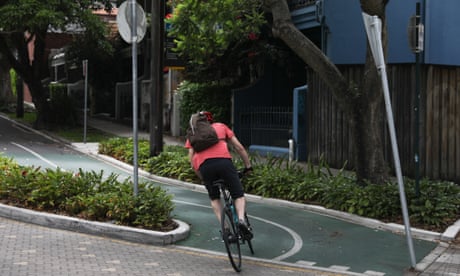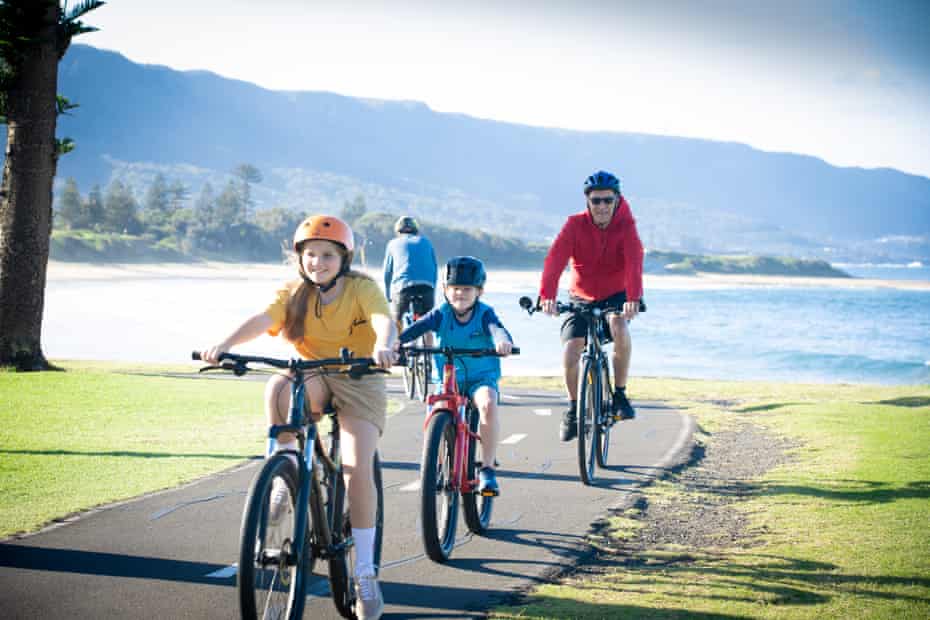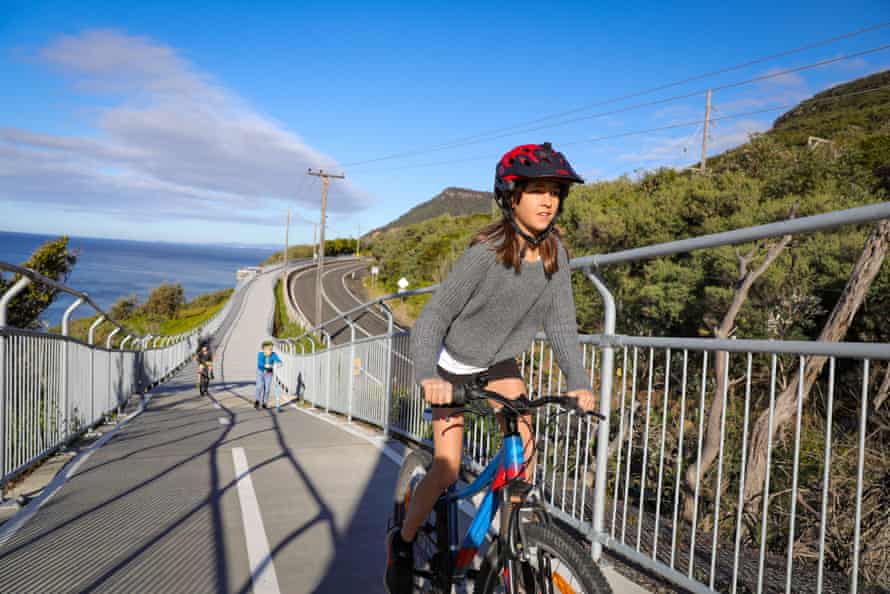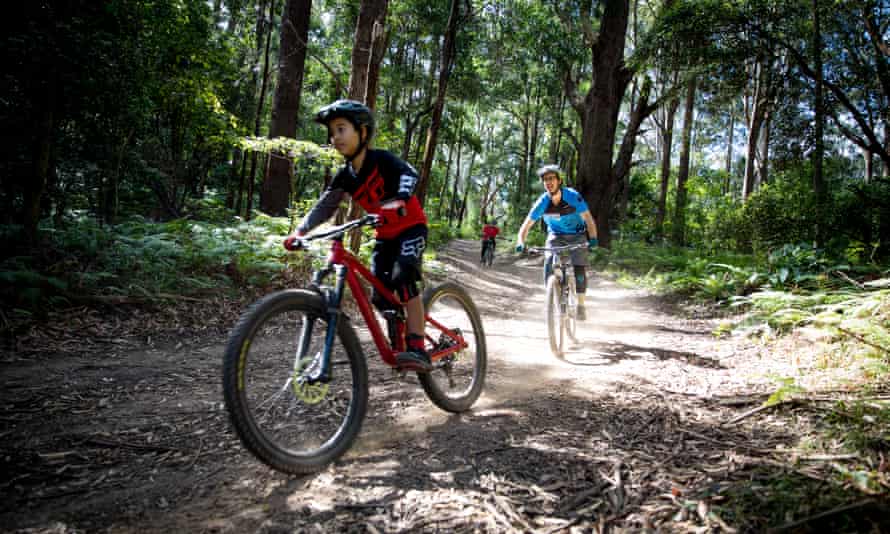If Australians were asked what they most associated with Wollongong, most would probably nominate heavy industries such as coal and steel production. But now the city 90km south of Sydney has been recognised alongside diverse European destinations as it strives to make a new reputation as a centre for both professional and recreational cycling.
Following regions such as Bergen in Norway, Drenthe in the Netherlands and Yorkshire in the north of England, Wollongong has been named the first official Bike City in the southern hemisphere by the Union Cycliste Internationale, the world governing body of cycling. The nomination recognises promotion and investment in elite events, such as road races, as well as strategies to improve everyday cycling, such as commuting.

Wollongong has overachieved on the first count. It will play host to the 2022 UCI Road World Championships, which is expected to draw an estimated 300,000 spectators and 200 million viewers worldwide, and the 2022 National Juniors and Masters Cycling Championships. It also hosts annual events such as the 90km Sydney to the Gong bike ride and L’Étape, a 136km closed road ride.
But progress on promoting cycling for its citizens has often seemed an uphill battle.
Local councillor Mithra Cox was elected in 2017, and remembers that the first plans to make Wollongong a bike-friendly city received lukewarm support.
“Treatment of bike safety, especially around schools – like speed limits, zebra crossings, and narrowing roads to make space for cycling tracks – were too difficult to get approval from the NSW government for,” she says.

Now the city has 130km of bike paths, including some of Australia’s most picturesque that wind along the region’s stunning beaches, and is looking at rolling out a wider network that would deliver nearly 215km by 2030. Put in perspective, the City of Sydney built just 1.5km of separated cycleways a year over the past decade.
Nonetheless, Cox says she still feels “some trepidation at already being named a bike-friendly city”. When it comes to promoting a cycling culture, and prioritising safety for cyclists of all levels, she says, “there is still a long way to go”.

Fundamental to developing a culture of cycling is the region’s natural geography. It forms a long strip along the coast – widest in the south, with Australia’s oldest national park in the north and the cliffs of the Illawarra escarpment in the west. This geography “lends itself to cycling infrastructure”, says the mayor of Wollongong, Gordon Bradbery.
Bradbery says the council’s Cycling Strategy 2030 will prioritise access and safety for bike riders of all capabilities.
“But beyond this,” he says, “it’s also about using this as an opportunity to continue to change the culture of the city.
“We are encouraging bike use, and putting active transport on the forefront, instead of cars on the road, to better recreation and quality of life.”

The plan has set goals of increasing weekly cycling participation from 12.9% of the population to 20% and increasing commuting from just 0.7% of trips to 2%. It will develop more separated cycle paths that connect riding routes along the east-west to town centres and residential areas. Cycling will be incorporated in building design and future city planning, with key cycling connections running to and through Wollongong’s CBD.
The strategy’s core aim is to make cycling the preferred mode of transport, and works in conjunction with the targets of net zero emissions from council operations by 2030, and for the community by 2050.
Also part of the strategy is the Cringila Hills Recreation and Mountain Bike Park master plan, which will promote tourism and local recreation by building BMX tracks, mountain bike trails and a bike skills park.

Wollongong local Lena Huda, who moved to the city from Europe, founded 30 Please, which advocates for safer speed limits near schools and works alongside council members in the Cycling Champions Advisory Group of Wollongong Council. The group plays an active role in hosting the world championship, and rolling out the 2030 strategy.
She says the region has huge potential for cycling.
“There is so much on offer stretched along the coast. It’s beautiful. And we can make improvements immediately to make the most of it if we cooperate as a community.”
Cox says the road world championships will be the opportunity that pushes the council to do what needs to be done for the city to be “worthy” of the UCI title.


